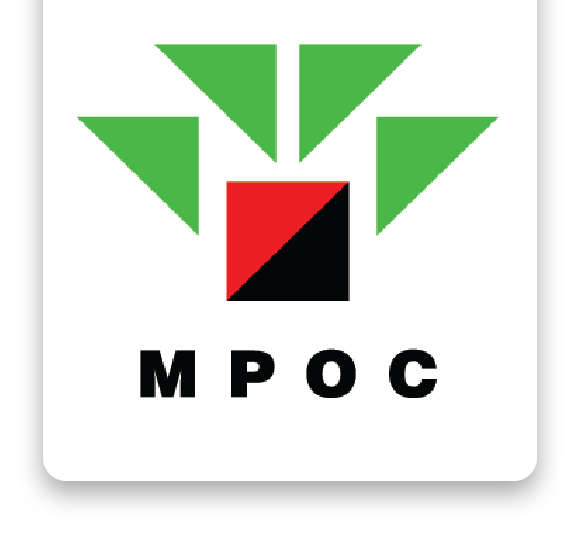OBSERVATIONS: Still smarting the fallout from China’s change in monetary policy – from loose to tight – the Kuala Lumpur CPO futures market slid further down the price chart in an extension of the previous week’s slide. Bearish sentiment was compounded by the latest – and bearish – Malaysian Palm Oil Board (MPOB) report on December 2009 trade data and end-2009 stocks. The benchmark March 2010 contract plummeted to a seven-week low before settling last Friday at RM2,487 a tonne, down RM176 or 6.61 per cent over the week.

 HOW TO USE THE CHARTS AND INDICATORS
THE BAR AND VOLUME CHART: This is the daily high, low and settlement
prices of the most actively traded basis month of the crude palm oil
futures contract. Basically, rising prices accompanied by rising
volumes would indicate a bull market.
THE MOMENTUM INDEX: This line plots the short/medium-term direction of the market and may be interpreted as follows:
(a) The market is in an upward direction when the line closes above the
neutral straight line and is in a downward direction when the reverse
is the case.
HOW TO USE THE CHARTS AND INDICATORS
THE BAR AND VOLUME CHART: This is the daily high, low and settlement
prices of the most actively traded basis month of the crude palm oil
futures contract. Basically, rising prices accompanied by rising
volumes would indicate a bull market.
THE MOMENTUM INDEX: This line plots the short/medium-term direction of the market and may be interpreted as follows:
(a) The market is in an upward direction when the line closes above the
neutral straight line and is in a downward direction when the reverse
is the case.(b) A loss in the momentum of the line (divergence) when prices are still heading up or down normally indicates that the market could expect a technical correction or a reversal in the near future. THE RELATIVE STRENGTH INDEX: This indicator is most useful when plotted in conjunction with a daily bar chart and may be interpreted as follows: (a) Overbought and oversold positions are indicated when the index goes above or below the upper and lower dotted lines.
(b) Support and resistance often show up clearly before becoming apparent on the bar chart.
(c) Divergence between the index and price action on the chart is a very strong indication
that a market turning point is imminent. The subject expressed above is based purely on technical analysis and opinions of the writer. It is not a solicitation to buy or sell.
]]>

